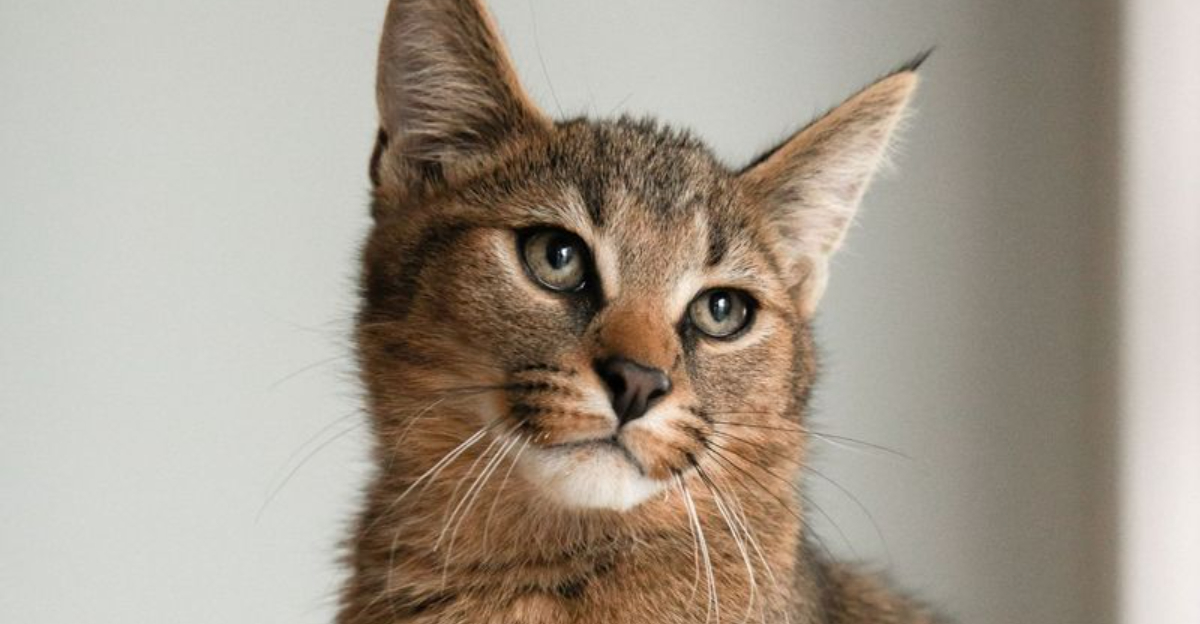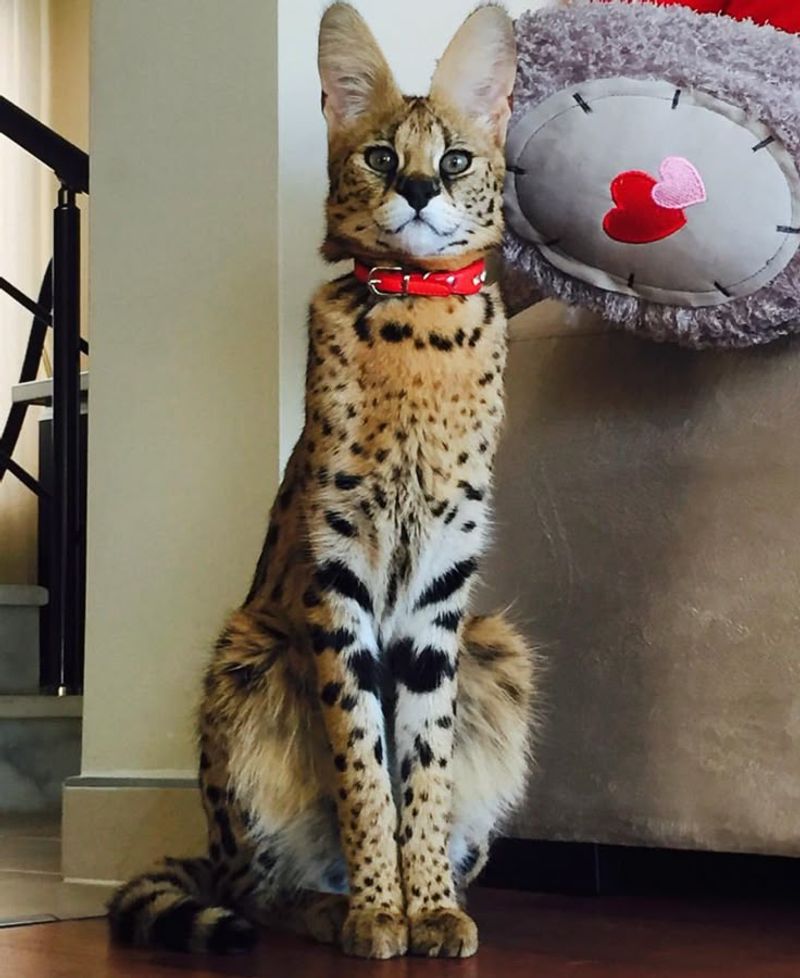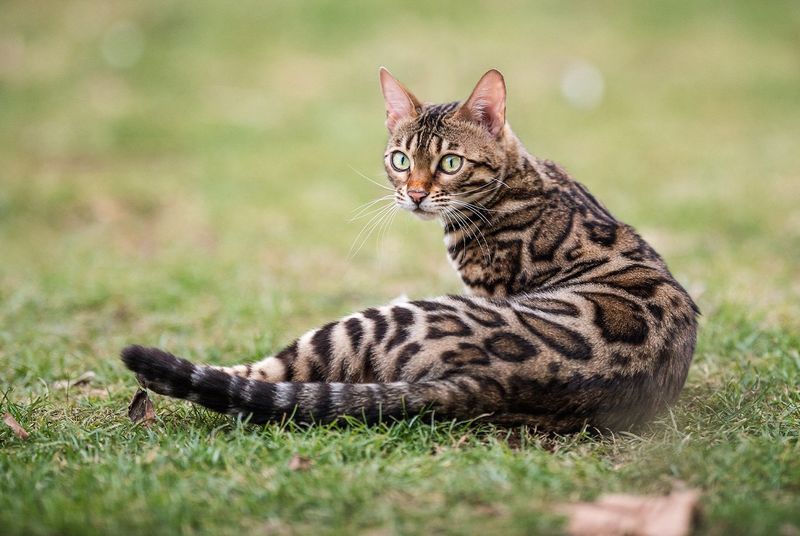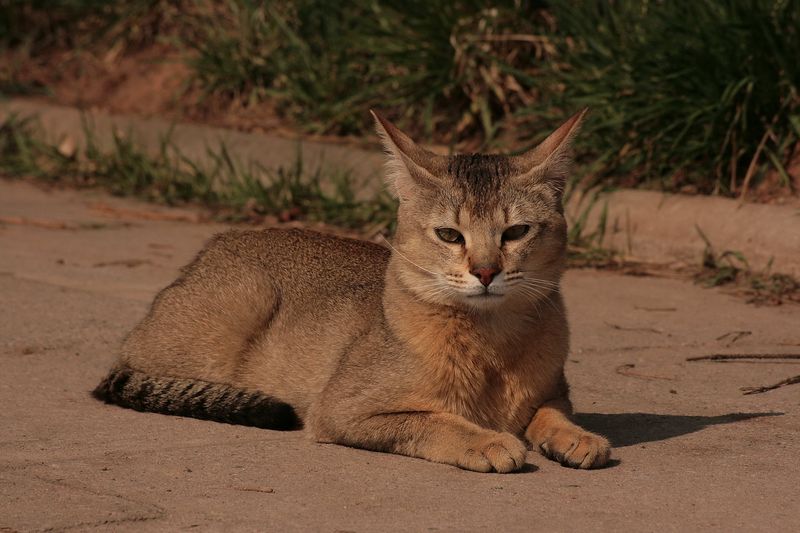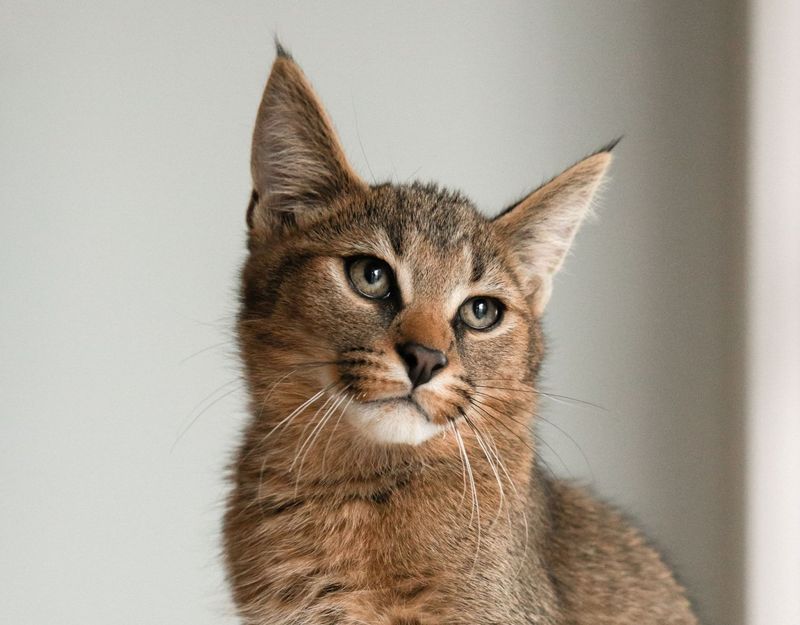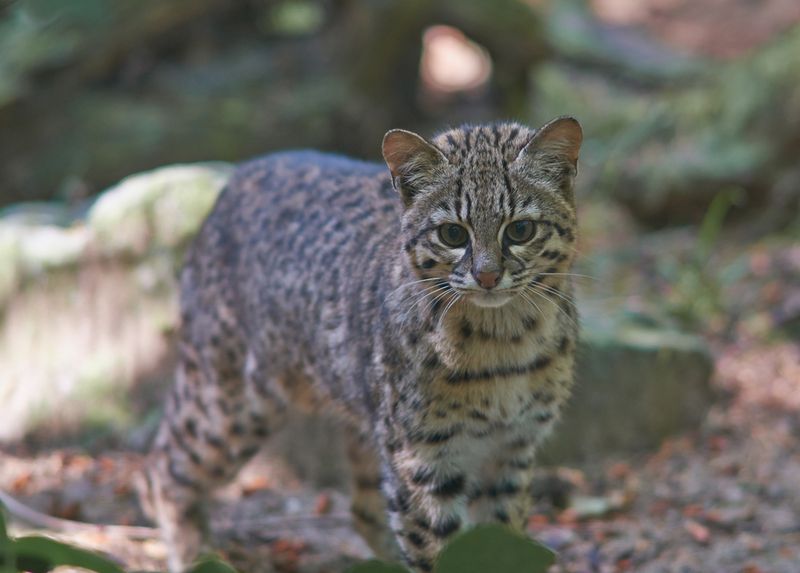📖 Table of Content:
Hybrid cats capture a realm where wild beauty meets domestic curiosity. These creatures, born from the union of domestic cats and their wild relatives, possess an arresting presence that seems plucked from an African savanna or dense jungle. Their coats shimmer with patterns inspired by nature’s fiercest hunters, while their personalities challenge the expectations of traditional pet ownership.
What draws many to these cats isn’t just their looks—it’s the mystique. With their muscular builds, wild lineage, and unpredictable traits, hybrid cats offer a glimpse into an untamed world within the comfort of a home. Yet, this allure comes wrapped in a blanket of controversy, as debates rage about ethics, legality, and the welfare of the animals involved.
From conservationists to cat fanciers, opinions diverge sharply on whether hybrid breeding represents bold innovation or misguided interference. Some praise the beauty and intelligence of these hybrids, while others voice concern over the cost to wild gene pools and animal well-being. As we explore these seven striking examples, each breed presents a different balance of fascination and complexity.
1. Savannah Cat
Savannah cats tower above most other domesticated felines, inheriting the long legs, large ears, and lithe grace of their serval ancestors. This breed, first developed in the 1980s, is a direct cross between an African serval and a domestic cat, usually a Bengal or Egyptian Mau. They are intensely loyal and active, often forming tight bonds with a single person. Many owners report dog-like behavior, such as fetching or walking on a leash. Despite their charm, Savannahs are banned or restricted in several U.S. states due to their wild heritage. Their size and energy level can overwhelm unprepared households, requiring enriched environments and frequent interaction. As companions, they embody a striking blend of elegance and demand.
2. Bengal Cat
Bengal cats shimmer with an unmistakable jungle aesthetic thanks to their lineage that traces back to the Asian leopard cat. Originally bred in the 1960s and refined over decades, Bengals are now a recognized domestic breed that has largely moved past their wild traits—at least by the F4 generation and beyond. Their coats, often marked with rosettes or marbling, are not just beautiful but can also be glittered, catching light in a dazzling effect. Playful and intelligent, Bengals thrive in environments where they can climb, hunt toys, and engage with humans frequently. They’re vocal and curious, often investigating water or high shelves. The early generations, however, can display anxiety or reclusive behaviors, raising ethical concerns about the practice of hybridization. With proper care, though, Bengals can make highly rewarding pets.
3. Chausie
Chausies exude a subtle wild intensity, shaped by their jungle cat parentage and their domesticated adaptability. Developed in the late 20th century, these hybrids combine the Felis chaus—a medium-sized wild cat from Asia and the Middle East—with affectionate domestic breeds like the Abyssinian. Their strong, athletic bodies and short, ticked coats give them a distinctive appearance. Energetic and agile, Chausies require space and mental stimulation, and can become destructive if understimulated. They often form strong bonds with their humans and tend to get along with other pets when properly socialized. Though not as large as Savannahs, their behavior can still surprise those expecting a mellow house cat. This breed walks the line between exotic appeal and manageable domestic temperament.
4. Caracat
The Caracat commands attention with its regal presence and rare lineage, stemming from a cross between the elusive caracal and a domestic feline. Its defining features—dramatic ear tufts, deep golden eyes, and a powerful stance—evoke awe at first glance. Unlike more established hybrids, the Caracat remains exceptionally rare due to the difficulty and danger involved in crossbreeding a true wild predator. Those lucky enough to encounter one often note its intelligent but intense nature. While they can be affectionate, Caracats have unpredictable moods, and their suitability as pets is hotly debated among breeders and animal behaviorists. Their high cost and complex care requirements further limit their accessibility. These cats are as controversial as they are captivating.
5. Serengeti
Serengetis are the result of imaginative breeding rather than wild bloodlines, designed to mimic the serval’s appearance without tapping into the gene pool of true wild cats. Created by crossing Bengals with Oriental Shorthairs, they carry the lean, leggy look of a Savannah without the legal hurdles. They’re elegant movers, with large upright ears and a confident demeanor that suggests more wildcat than lap cat. Highly active, they crave vertical spaces and interactive toys to satisfy their need for stimulation. Though more sociable and predictable than many hybrids, their energy and vocal nature can be a handful for unsuspecting owners. Health-wise, they benefit from a broader domestic gene pool, reducing some of the risks seen in other hybrids. For many, they offer the ideal blend of wild looks and domestic reliability.
6. Cheetoh Cat
Cheetoh cats dazzle with bold markings and a presence that seems almost too refined for the indoors. They result from crossing two existing domestic breeds—the Bengal and the Ocicat—to create a cat that resembles a miniature cheetah. This intentional breeding avoids wild ancestry but still carries forward strong, athletic traits and a high-energy demeanor. Cheetohs are deeply affectionate and tend to seek out human interaction, making them well-suited for families. Their curiosity can lead them into mischief if they’re not given enough outlets for play. These cats are intelligent and often learn tricks or respond well to clicker training. While they avoid some of the behavioral issues of wilder hybrids, critics argue that breeding purely for looks may sideline more important concerns like temperament and health.
7. Safari Cat
Safari cats are perhaps the most exotic and enigmatic of the hybrid group, tracing their lineage to the small and rarely-seen Geoffroy’s cat of South America. Initially bred for leukemia research in the 1970s, they were later developed as a domestic pet due to their striking appearance. Their short coats are densely patterned with spots or rosettes, and their bodies are surprisingly stocky for their size. Early generations, particularly F1s, retain strong wild instincts and can be difficult to manage in traditional homes. Safari cats are incredibly rare and expensive, and only a handful of breeders worldwide work with them. Their temperament can range from shy and independent to playfully affectionate, depending heavily on upbringing. Ethical and logistical challenges make them more of a fascination than a feasible pet for most.
